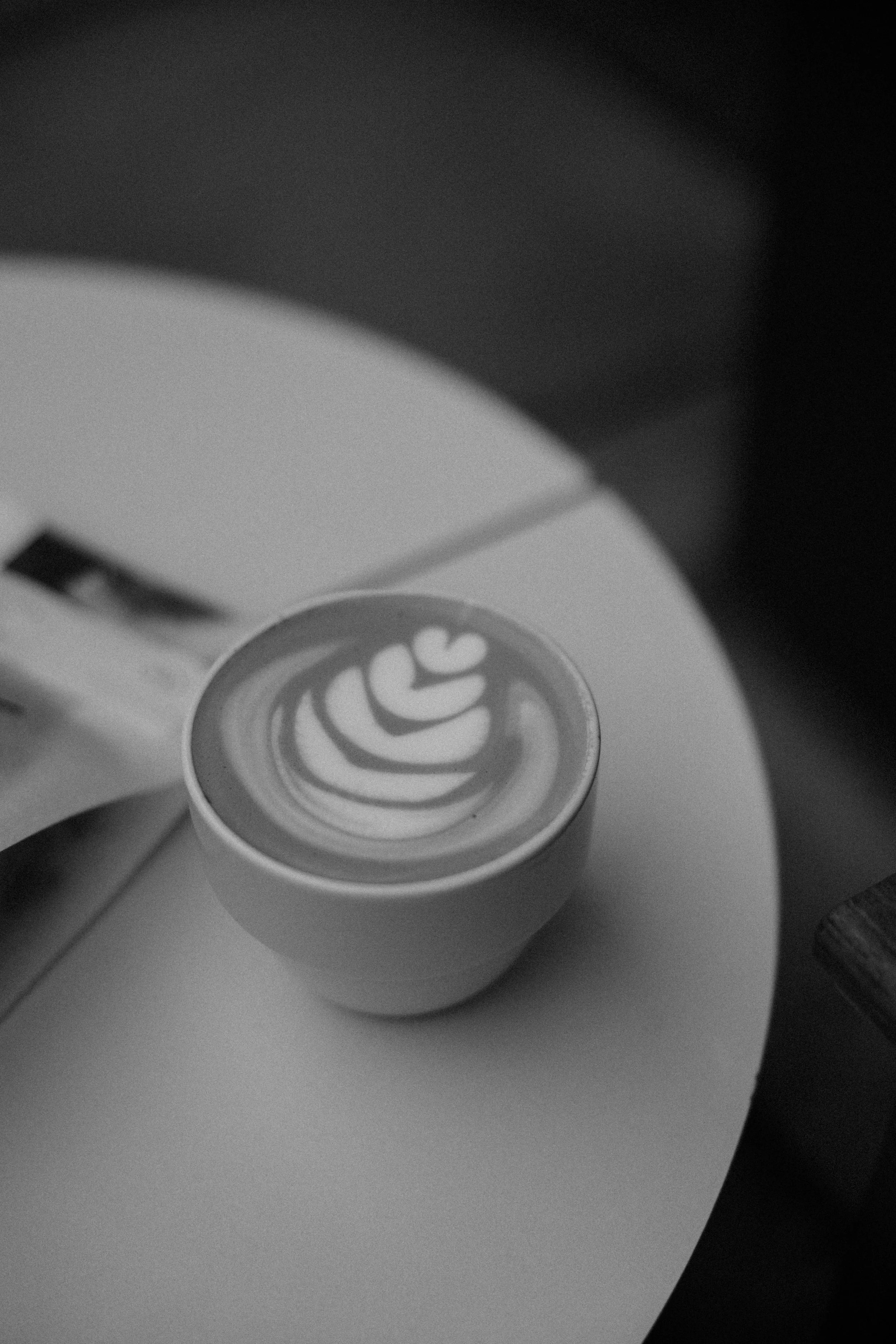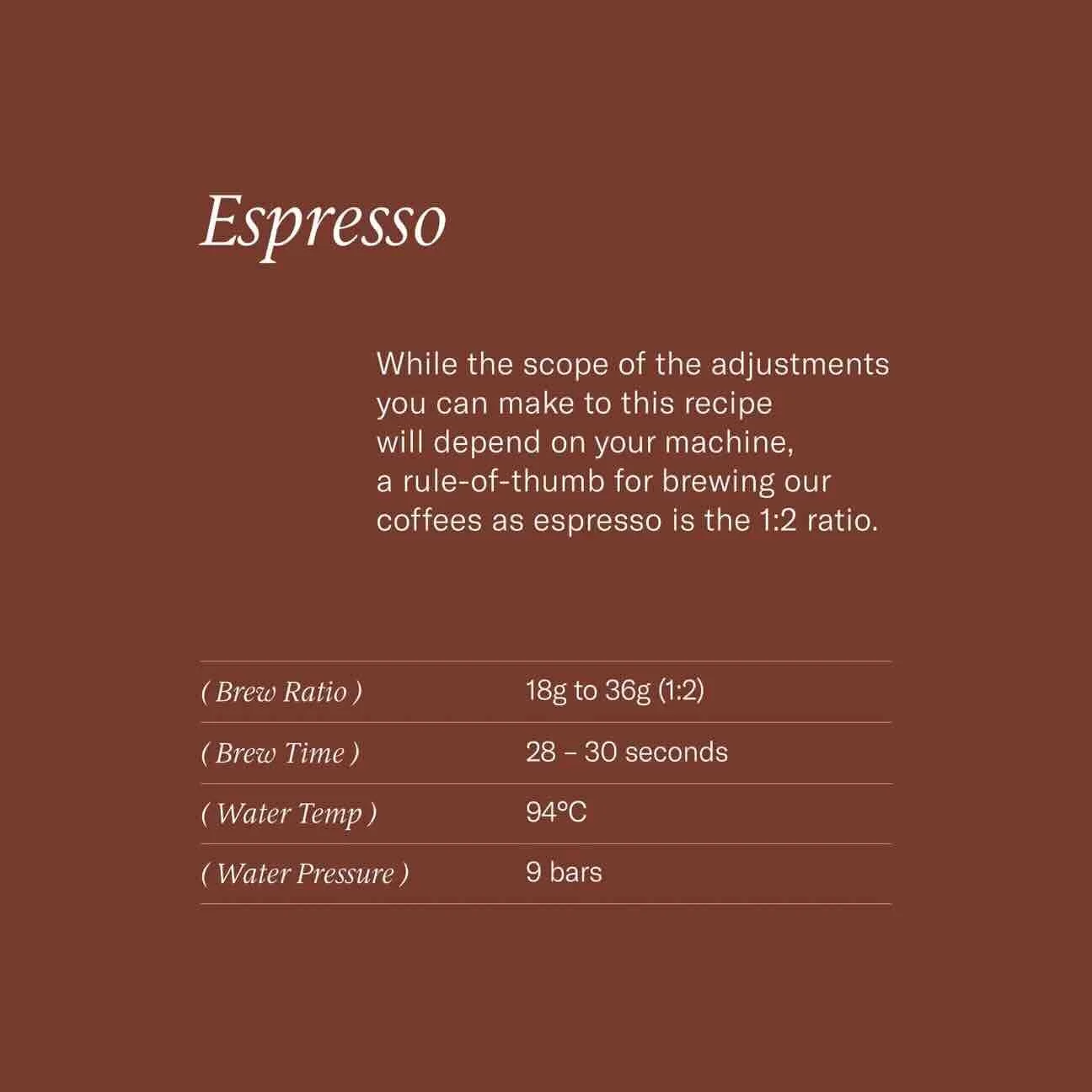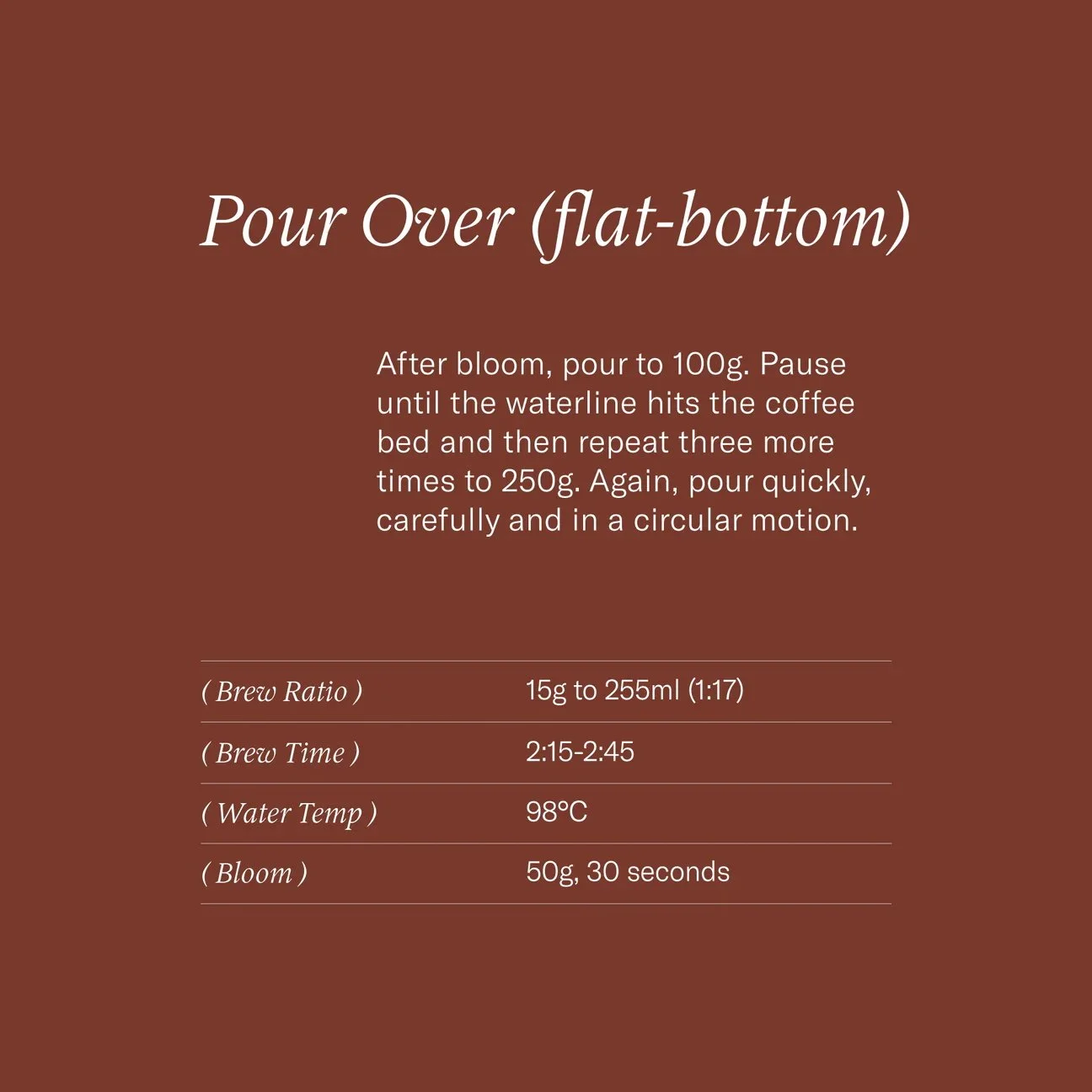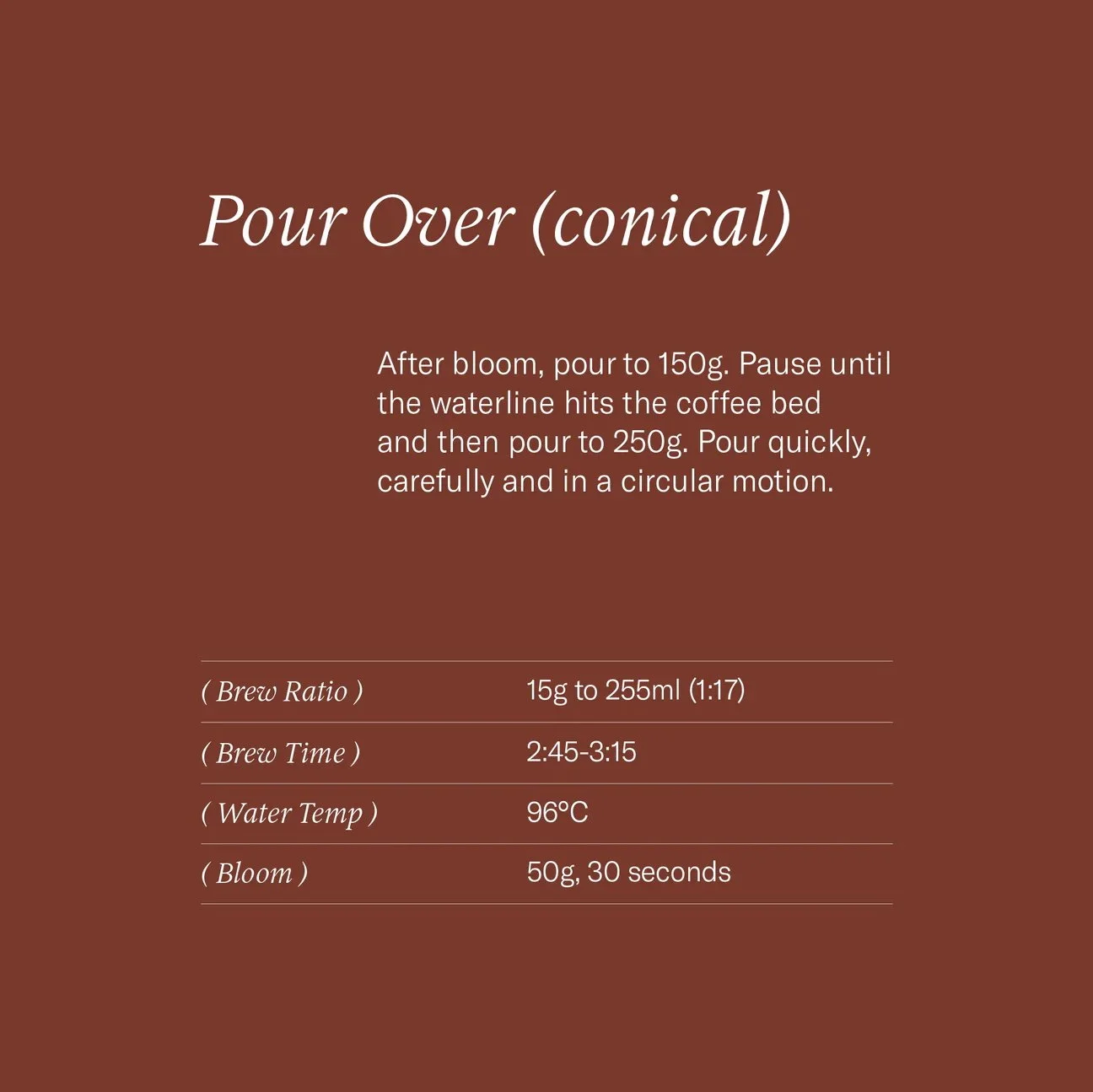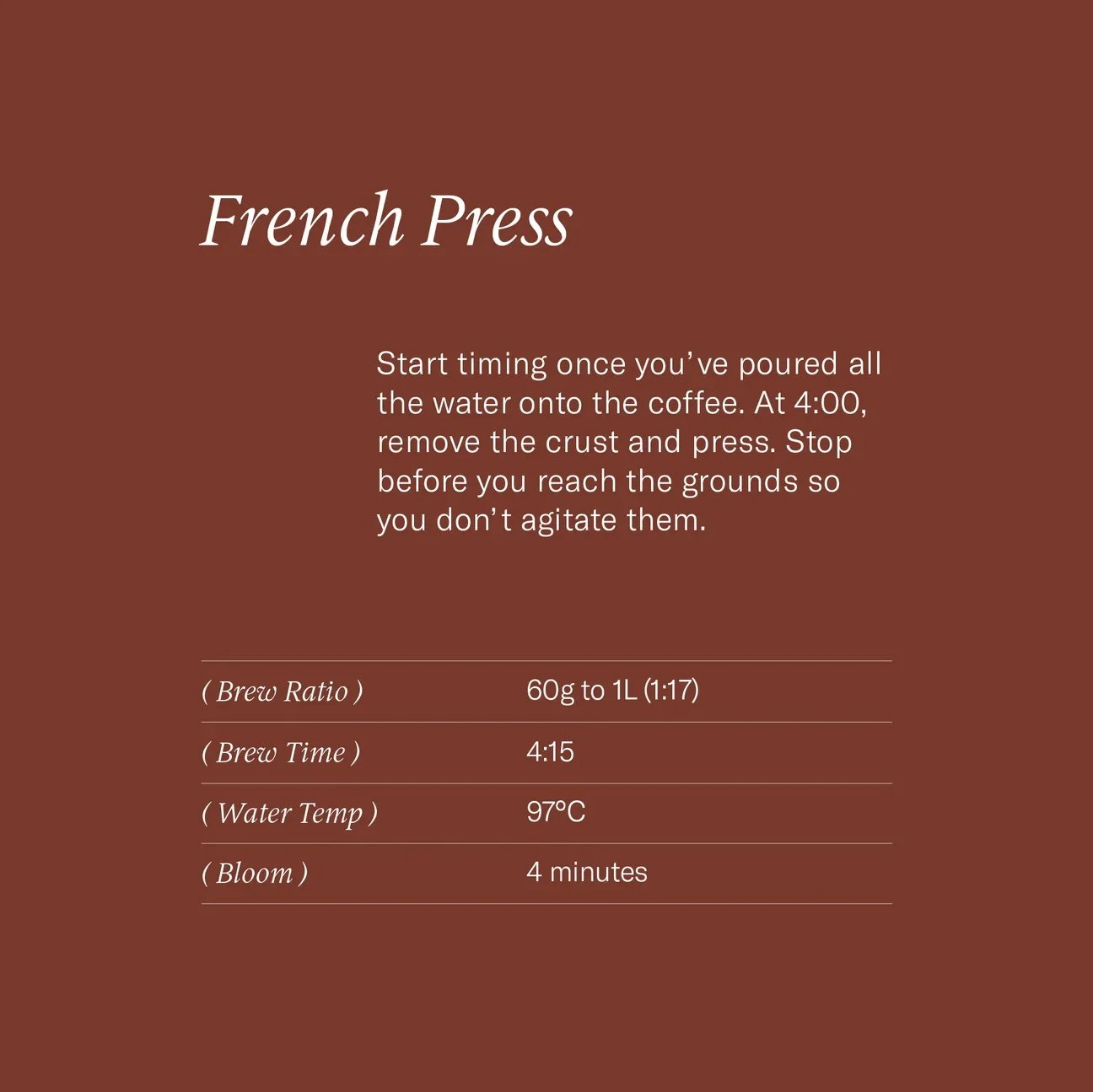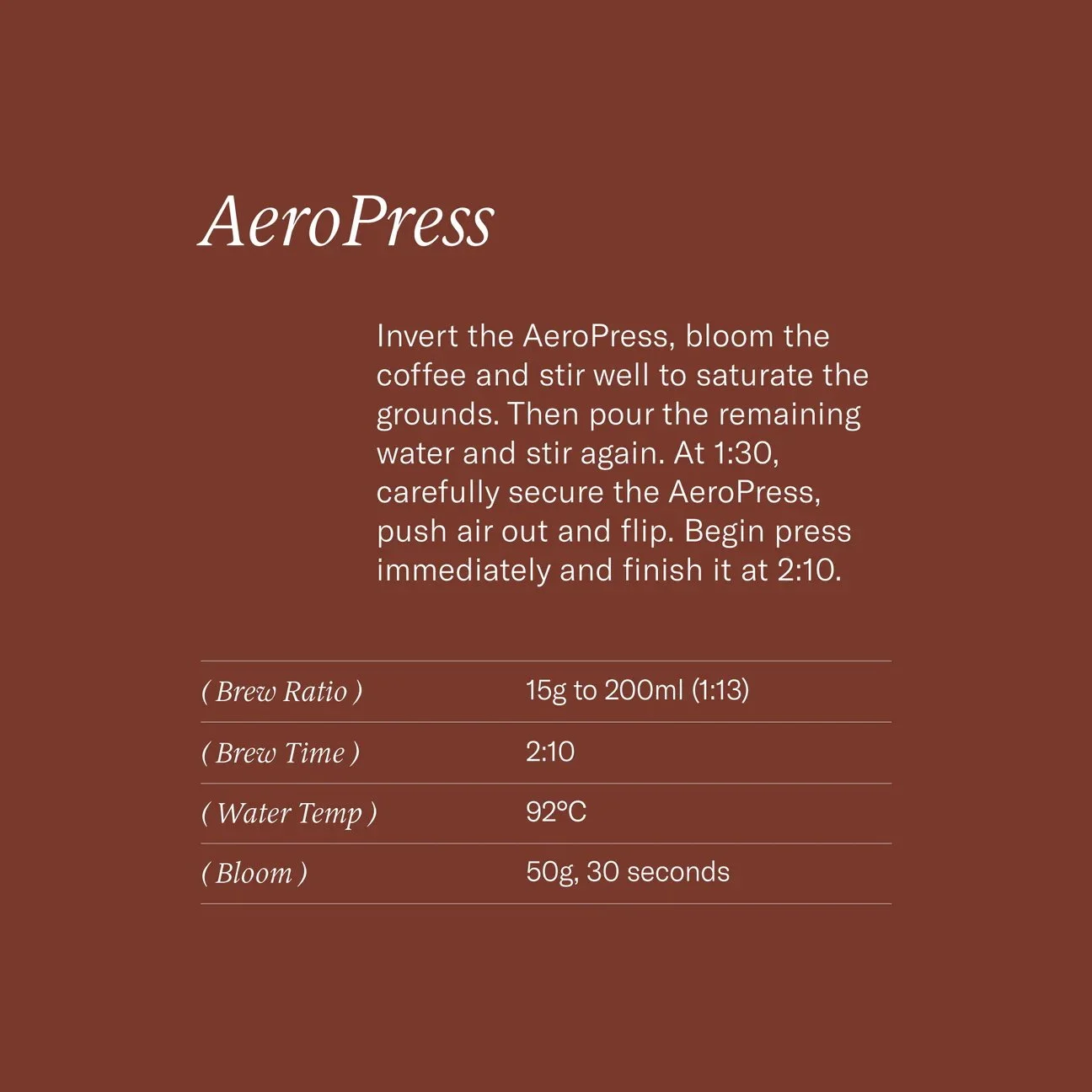Understanding Resting Coffee — Why It Matters?
The Science Behind Resting Coffee
Within the world of speciality coffee, terms like (resting coffee) often surface without much context. However, behind this seemingly simple concept lies fascinating science aimed at enhancing your coffee experience.
Here, we unravel the processes of roasting, resting, and brewing, illustrating how each stage is crucial to achieving the perfect cup.
Roasting —
At Dōr. — we carefully manage the coffee we stock to ensure it reaches you as fresh as possible. You'll notice a roasting date stamped on each bag, guiding you on when to start brewing for optimum flavour.
When green coffee beans are roasted, they release moisture and trap carbon dioxide (CO2) inside. Retail coffee bags incorporate valves to allow these gases to escape safely.
During Roasting —
+ Moisture Release — Beans lose moisture, turning yellow as sugars develop, then light brown as they absorb heat.
+ First Crack — Beans expand and ‘pop’ due to the Maillard reaction—a chemical reaction between proteins and sugars— releasing steam.
+ Flavour Development — Post ‘first crack,’ beans caramelise, forming complex flavours and retaining CO2 within their structure.
+ The retained CO2 is why freshly roasted coffee needs to rest—a process known as degassing.
Resting —
Allowing coffee to rest after roasting is key to achieving balanced, rich flavours. Freshly roasted beans release CO2, which, if brewed too soon, can impart sour, acidic notes.
Degassing Dynamics: About 40% of gases escape within the first 24 hours. The process slows thereafter.
Storage Tips: Store coffee in sealed containers like Airscape, away from heat and moisture to maintain freshness.
Guidelines For Resting —
Espresso — Rest beans 7–14 days post-roast. We never use beans older than 14 days for espresso.
Filter Coffee — Ideal within 7 days, but resting for 5–14 days allows flavour exploration. Fresher brews offer brightness, while longer rests provide mellow richness.
Brewing —
When brewing, whether at home or in your favourite café, the degassing process continues to influence flavour.
Pour-Over — The (first bloom) involves pouring hot water over grounds, releasing CO2. This causes swelling and bubbling, enhancing aromatics and flavour extraction.
Espresso: Hot water rapidly releases trapped gases, forming crema—a sign of freshness and quality. However, too fresh coffee can taste sour, while stale coffee lacks crema and depth.
Finding Your Perfect Brew —
Resting coffee allows volatile compounds to stabilise, ensuring consistent, balanced extractions. Factors like roast level, bean variety, and brewing method influence the ideal rest period. Environmental conditions, such as altitude and humidity, also play a role.
Suggested Rest Periods —
+ Light Roasts — 3–5 days, though some prefer up to two weeks.
+ Darker Roasts — Shorter rests often suffice.
Experimentation is key. Taste, adjust, and discover the nuances that suit your palate. Embrace the journey from bean to cup, crafting brews that reflect your unique preferences. And the science behind it.
Recipe Guides for you to try at home —
Brew Recipes —
+ We’ve collated starting recipes for our five favourite brew methods so you can embark on your journey to maximum flavour. These recipes are your starting point for dialling in on the cup that most pleases the palate.
Resting Coffee —
+ It’s important to note that our coffees begin to taste their best once they’ve been rested for at least 10 days after roasting. While they will taste exceptional if you brew them before this, you’ll enjoy them to their full potential if you can wait until they’re nicely rested.
Water —
+ Remember, the water you’re using will have a significant impact on the quality of your cup. Water that’s too hard, or too soft, won’t facilitate effective extraction of flavour. At the very least, no matter the brew method, you need to be using filtered water.
Espresso
This recipe is optimised to facilitate the qualities that define an exceptional espresso: prominent sweetness, low acidity and velvety texture.
Pour Over (Flat-bottom)
A flat-bottom pour over brewer tends to offer more balanced acidity and more body than a conical pour over brewer.
Pour Over (conical)
A conical pour over brewer often produces more prominent acidity and more complexity of flavour.
French Press (Cafetière)
An often ignored brew method, the French Press can offer a delicious cup rich, full-bodied and smooth.
AeroPress
Versatile and simple to use, the AeroPress produces excellent results in rapid-quick time.
sign up to the mailing list and join — us for the latest news on all events and releases.







